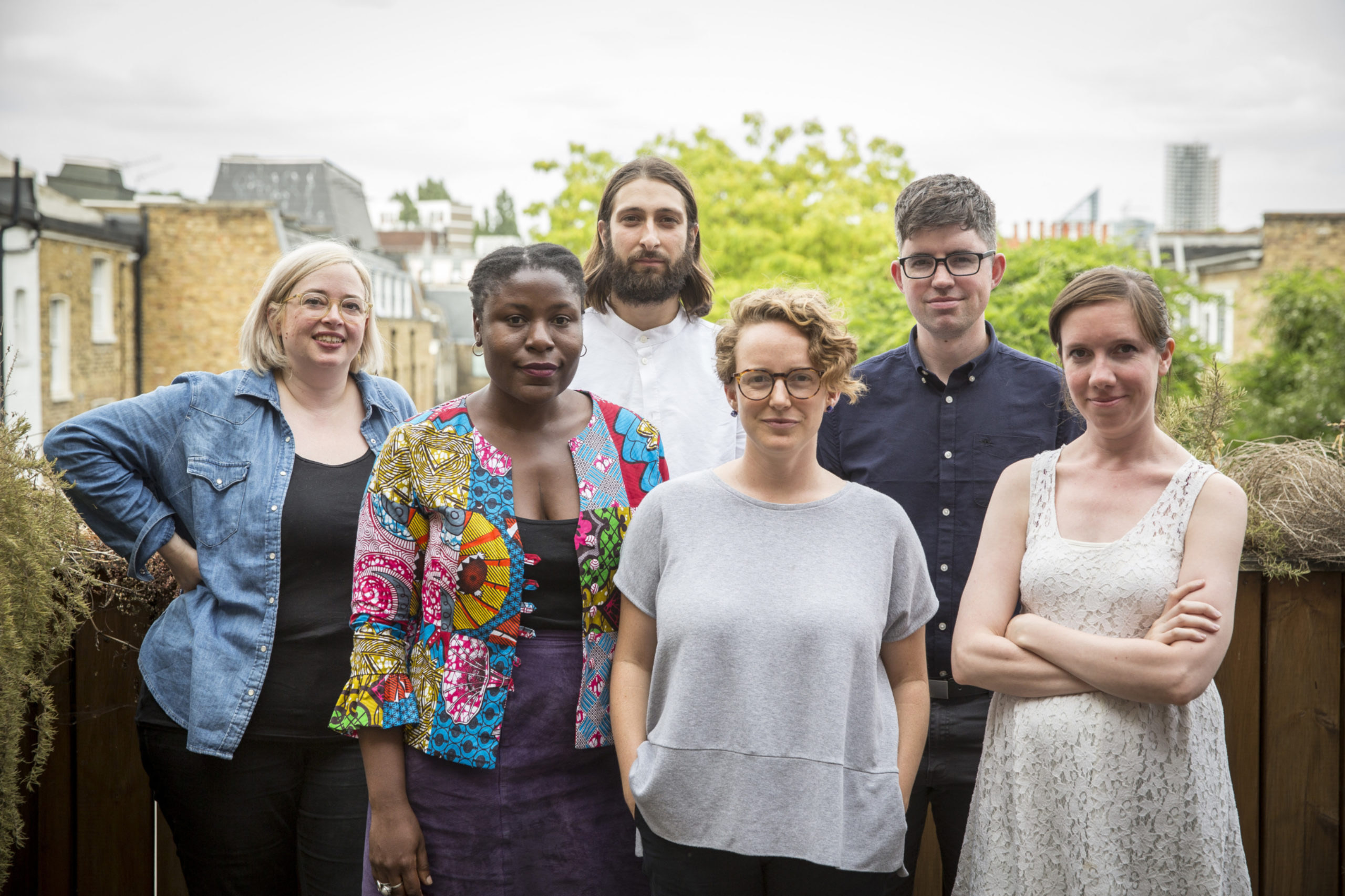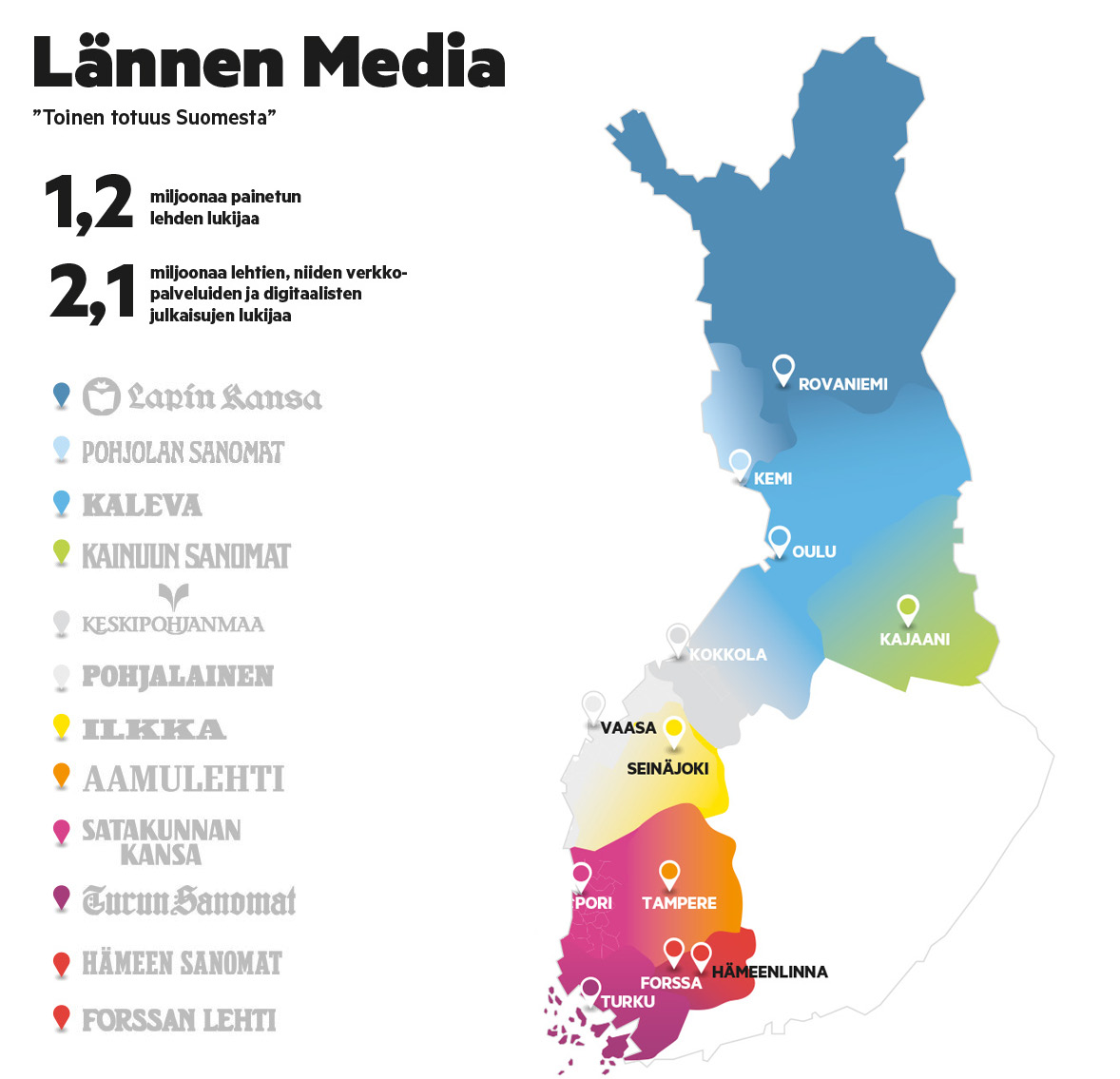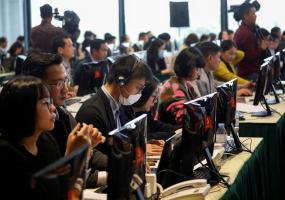Collaboration shows a way forward for local journalism with impact

Under pressure from declining revenues and in some cases limited resources, local journalism is seeing a variety of collaborative efforts which are having clear benefits in the quality of reporting, resource sharing, and engagement with communities, a new study finds.

The report, Case Studies in Collaborative Local Journalism, by Research Fellow Dr Joy Jenkins and Acting Director of Research Lucas Graves examines three distinct forms of collaboration, each with its own style of network building, project development and distribution, designed to achieve particular editorial and commercial goals. Though not without challenges, these collaborative efforts serve as examples for how local journalism can make the most of limited resources, and for how local reporters are prepared to collectively experiment to cultivate quality journalism with local impact.
Lead author of the report, Dr Jenkins, said: “Collaboration has emerged as an important strategy allowing journalists to work together to report on important issues facing their communities while also benefiting from knowledge-sharing, pooled resources, mentorship, and enhanced reach. Although many challenges for local journalism remain, these initiatives demonstrate a willingness among participants to embrace innovative strategies that reach across geographic and organisational lines."
The report considers three case studies: The Bureau Local (UK), an investigation-driven network of almost 1,000 journalists, data scientists, academics and others; L’Italia Delle Slot (Italy), an investigative effort between journalism start-ups and an established national and regional publisher, GEDI; and Lännen Media (Finland), a joint newsroom for 12 regional newspapers. (See table below for an overview of each collaboration.)

These collaborations have generated reporting which has had clear social and political implications. The Bureau Local oversaw in-depth investigations on the plight of homeless people dying in the streets across a number of areas across the UK. The Bureau Local provided cash grants which allowed local reporting teams to spend extended periods in the affected communities to build up relationships with key sources. To date, the Bureau Local has generated 10 investigations, and 350 local stories.
‘L’Italia Delle Slot’ shone a light on the growth of gambling machines across Italy, and grew out of a data set obtained by two start-up outlets who then worked with GEDI’s data visualisation arm, Visual Lab. The investigation led to locally-specific reporting across GEDI’s titles. Findings from ‘L’Italia Dell Slot’ were shared at the Italian parliament with lawmakers and advocacy groups, and the investigation’s success spawned a follow-up investigation on wider forms of legal gambling.
Each collaboration has found its own way to organise a diverse and dispersed network. Lännen Media’s 40 reporters are distributed across the 12 participating regional outlets as well as a dedicated Helsinki newsroom. The four editors are also geographically dispersed, and host daily teleconferences with the reporters. A content management system, used for sharing stories with participating newsrooms, allows everyone to stay connected and updated on reporting efforts. The Bureau Local shares data and reporting guides with its participants via multiple communications channels. A Slack channel – including the use of ‘open newsrooms’ - and ‘hack days’ are also used to bring people together.
The report finds there are significant challenges that remain. Building a shared culture and a collective mission when bringing journalists together from a wide range of newsrooms, organisations and locations is identified by some interviewees as difficult, as is trusting that network participants from competitor organisations are equally invested in the projects.
Financial sustainability was also a concern, with the Bureau Local being dependent on grants and donations while Lännen Media and ‘L’Italia Delle Slot’ continue to rely on standard commercial approaches, each with their own challenges.



